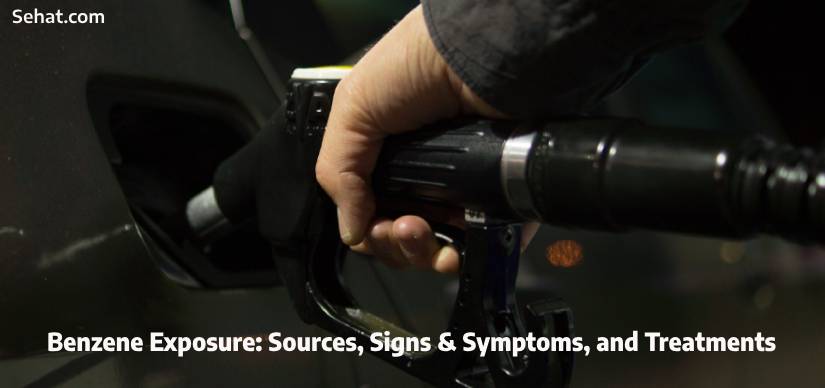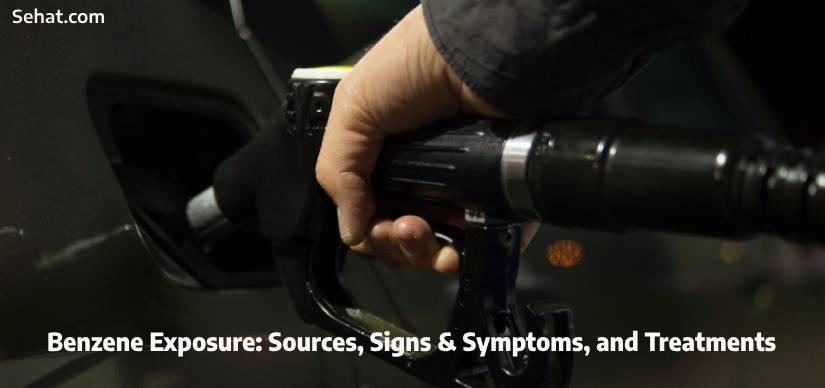Microplastics in Humans: Understanding the Risks and How to ..
8 Min Read


Benzene, a ubiquitous chemical compound, finds its way into various industrial processes and consumer products. While its applications are diverse, so are the risks associated with exposure to this aromatic hydrocarbon. Understanding the causes, signs, symptoms, and treatments of benzene exposure is paramount for safeguarding human health and well-being.
Benzene exposure can occur through multiple pathways, with occupational settings being one of the primary sources. Industries such as petroleum refining, chemical manufacturing, rubber production, and printing entail handling benzene or its derivatives, putting workers at risk. Additionally, cigarette smoke, automobile emissions, and indoor air pollutants contribute to environmental benzene exposure.
The consequences of chronic benzene exposure are severe and far-reaching. Studies have linked long-term exposure to benzene with various adverse health outcomes, including an increased risk of leukemia, particularly acute myeloid leukemia (AML). Moreover, benzene exposure has been associated with aplastic anemia, bone marrow abnormalities, and immune system suppression. These long-term effects underscore the importance of stringent regulations and preventive measures in industries dealing with benzene.
Benzene exposure manifests in a spectrum of side effects that can range from mild to life-threatening. Short-term exposure may lead to symptoms such as dizziness, headache, nausea, and drowsiness. Prolonged exposure can cause more severe effects, including confusion, tremors, irregular heartbeat, and unconsciousness. Skin contact with benzene-containing substances can result in irritation, redness, and dermatitis. It's imperative to recognize these signs early on to mitigate the risks associated with benzene exposure.
Recognizing the signs and symptoms of benzene exposure is crucial for prompt intervention and treatment. Individuals exposed to benzene experience symptoms such as fatigue, weakness, and loss of appetite. Respiratory symptoms, including coughing, chest tightness, and shortness of breath, also manifest. Moreover, benzene exposure can affect the central nervous system, leading to symptoms like headaches, dizziness, and confusion. Additionally, skin contact with benzene causes irritation, redness, and blistering. Monitoring for these signs is essential, especially in occupational settings where exposure is prevalent.
Diagnosing benzene exposure involves a comprehensive assessment of exposure history, clinical symptoms, and laboratory tests. Medical professionals conduct blood or urine tests to detect benzene metabolites or assess blood cell counts indicative of benzene toxicity. Additionally, imaging studies such as X-rays or bone marrow biopsies will be performed to evaluate any systemic effects of benzene exposure. Early diagnosis facilitates timely intervention and minimizes the risk of long-term complications.
Effective management of benzene exposure necessitates a multi-faceted approach aimed at minimizing exposure, alleviating symptoms, and preventing complications. Immediate removal from the source of exposure is paramount to prevent further harm. Medical interventions include supportive care to address symptoms such as nausea, dizziness, and respiratory distress. In cases of severe benzene poisoning, hospitalization and specialized treatments such as oxygen therapy, intravenous fluids, and blood transfusions may be necessary. Long-term management involves regular monitoring of blood cell counts and health surveillance to detect any latent effects of benzene exposure.
Preventing benzene exposure requires concerted efforts at both individual and organizational levels. Employers must implement stringent safety protocols, including engineering controls, personal protective equipment (PPE), and proper ventilation systems, to minimize workplace exposure to benzene. Workers should receive comprehensive training on the hazards of benzene and safe handling practices. Furthermore, regulatory agencies play a crucial role in enforcing standards and guidelines to limit environmental benzene emissions and ensure public health protection.
Benzene exposure poses significant risks to human health, with potential long-term consequences ranging from hematological disorders to cancer. Understanding the causes, signs, symptoms, and treatments of benzene exposure is essential for effective prevention and management. By adopting proactive measures and adhering to safety protocols, we can mitigate the risks associated with benzene exposure and safeguard the health and well-being of individuals and communities alike.